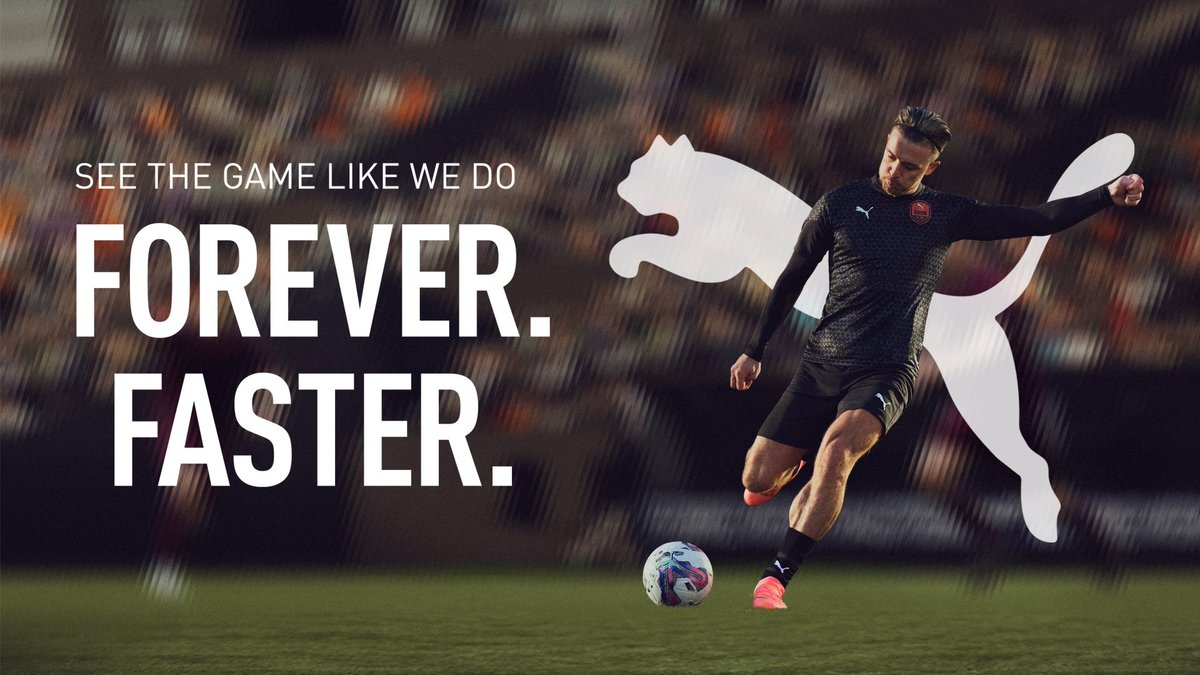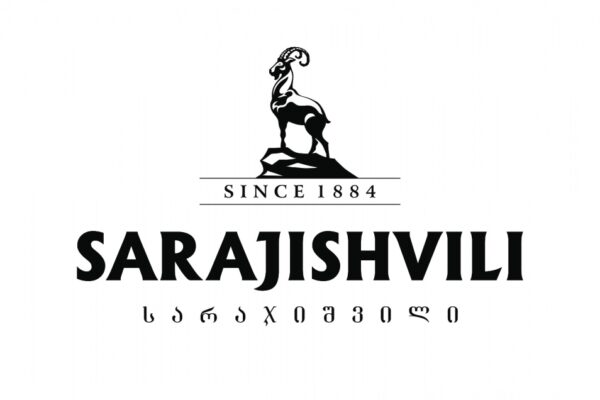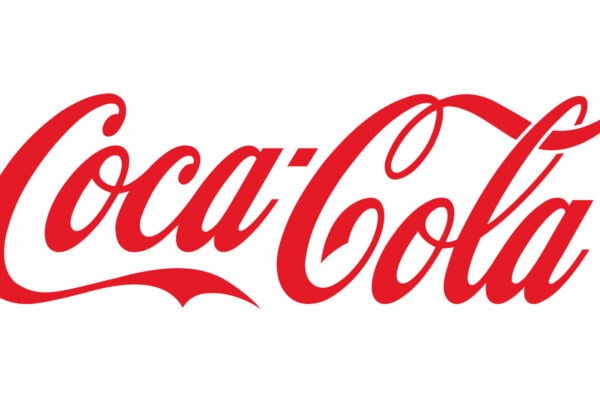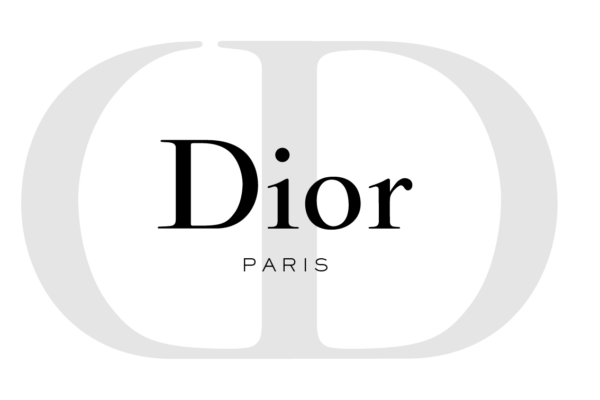
See The Game Like We Do Forever. Faster.
The German sportswear company Puma was founded in 1948 by Rudolf Dassler, who had previously worked with his brother Adolf Dassler at a company called Adidas. When Rudolf Dassler split from his brother, he established Puma, naming it after the powerful and agile animal to symbolize strength and agility in sports. The name Puma has since become synonymous with high-performance athletic gear and fashion.
The name “Puma” has an interesting history. Originally, it comes from the Quechua language, which is spoken by indigenous people in the Andes region of South America. In Quechua, “puma” (or “pumak”) means “mountain lion” or “cougar,” which is a large wild cat native to the Americas.
Helmut Fischer …“Rudolf’s vision was that all of his products would embody the characteristics of a Puma cat: speed, strength, suppleness, endurance and agility – the same attributes that a successful athlete needs as well.”
Pumas STRATEGY
BEING THE FASTEST SPORTS BRAND IN THE WORLD
“Sport is our world. We are passionate about designing, developing, selling and marketing our products. Since 1948, PUMA has made history as a creator of extraordinary product designs for the fastest athletes on the planet. We aim high, and when we reach our goals, we aim even higher. All to achieve one thing: to be the Fastest Sports Brand in the World.”
Puma’s brand name is based on animal name . Puma is known for its performance-oriented footwear and apparel. Whether you’re an athlete looking for high-tech running shoes or a soccer player needing reliable cleats, Puma often incorporates advanced technology and design to enhance performance.
Beyond sports gear, Puma has a strong presence in the fashion world. Their collaborations with designers and celebrities, such as Rihanna and J Balvin, bring trendy and unique styles to their collections.
The products of Puma
- Sportswear.
- Footwear.
- Sports equipment
- Accessories
STRATEGIC PRIORITIES
The core of their strategy is to elevate the PUMA brand, further enhance product excellence and improve the quality of their distribution. To achieve that, they need to have a strong foundation. This is why they focus on their people first, the evolvement of sustainability and the digitalization of infrastructure. As part of their strategy, they are putting special emphasis on winning in the important US market and accelerating Pumas brand rebound in China.
PUMA can look back on an extraordinary history full of firsts, innovations, designs and products. They continuously focus on enhancing their product excellence and put innovation at the heart of their designs. Furthermore, they continue to build on their strong line-up of basketball signature shoes as well as their complete product offering in golf. As they have a vast archive at their disposal, designers can also take inspiration from almost 75 years of history to create fashion forward and relevant products for pumas customers.
The brand often emphasizes customer service and creates an environment where consumers can easily explore and try out their products. Puma actively engages with various communities and cultural movements. Their sponsorship of sports events, athletes, and music artists helps them stay connected to contemporary trends and diverse audiences.
Five Levels Of Product Concept
To analyze Puma’s shoes through the lens of branding, we can break down their products according to the five levels of product concept
- Core Benefit
The core benefit of Puma’s shoes is providing comfort and support for various athletic and everyday activities. This includes enhancing performance in sports and offering reliable footwear for casual use. At its essence, Puma’s core benefit is improving the wearer’s mobility and overall experience whether they’re running, training, or walking.
- Generic Product
The generic product would be a pair of Puma sneakers designed with standard features like a durable outsole, cushioned insole, and breathable upper. These basic features make the shoes functional for general sports and casual wear, meeting the fundamental requirements of a typical athletic shoe.
- Expected Product
For Puma’s shoes, the expected product features include modern design, brand recognition, reliable quality, comfort, and style. Customers anticipate that Puma shoes will have advanced materials for breathability and durability, along with fashionable designs that align with current trends.
- Augmented Product
The augmented product for Puma’s shoes might include innovative technology such as Puma’s proprietary cushioning systems (like RS-Cushioning), collaborations with high-fashion designers or celebrities, and special edition releases. Other augmentations could be exceptional customer service, such as personalized fitting recommendations or a strong warranty/return policy. Puma also often engages in marketing and sponsorships that enhance the perceived value of their products.
- Potential Product
For the potential product, Puma could explore integrating advanced technologies such as smart footwear with embedded sensors to track performance metrics or offer real-time feedback. They might also look into further customization options, sustainable and eco-friendly materials, or enhanced virtual try-on experiences using augmented reality. Innovations in design and functionality could continuously evolve Puma’s shoes to meet future consumer demands and technological advancements.
In the context of Puma, or any consumer-focused brand, various types of risks can be categorized to better understand their potential impact on consumers and the brand itself. Here’s how each type of risk might apply to Puma:
- Functional Risk
Consumers might worry that Puma products, such as running shoes or athletic gear, won’t provide the expected performance, durability, or comfort. For example, running shoes might not offer sufficient support or cushioning, leading to discomfort or injury.
- Physical Risk
Physical risks could include potential injuries related to wearing sports equipment that doesn’t meet safety standards or has design flaws.
- Financial Risk
Consumers may perceive a financial risk if they feel that Puma products are not worth the price paid or if they are concerned about the value for money.
- Social Risk
Consumers might be concerned about how wearing Puma products impacts their social image or status. For example, if Puma is perceived as a less prestigious brand compared to its competitors, some consumers might worry about how it reflects on them in social or professional settings.
- Psychological Risk
Psychological risks could involve concerns about making the wrong purchase decision, feeling regret after buying a Puma product, or experiencing dissatisfaction with the brand’s customer service. For example, if a product does not live up to personal expectations or brand promises, it might cause frustration or stress.
- Time Risk
Time risks might include concerns about the time spent shopping for Puma products, such as dealing with lengthy return processes or waiting for delivery.
Marketing Campaigns
Puma has had several marketing campaigns over the years that didn’t always hit the mark. Here is one of them .
Puma’s Collaboration with Rihanna – “Fenty Puma” (2016-2017)
While the collaboration with Rihanna initially seemed promising, it faced criticism for over-promising and under-delivering in terms of product availability. The high demand for certain Fenty Puma items led to significant issues with supply and distribution, resulting in consumer frustration.
The issues with availability affected consumer satisfaction and potentially dampened the overall impact of the collaboration.
Pumas Reputation
Puma holds significant importance for consumers for several reasons:
- Brand Reputation and Trust – Puma is a well-established brand with a long history of producing quality sportswear and footwear. Its reputation for reliability and innovation builds consumer trust.
- Innovative Products – Puma invests in research and development to create innovative products with advanced technologies, such as superior cushioning systems, breathable materials, and ergonomic designs. This focus on innovation meets consumers’ needs for high-performance and comfortable gear.
- Brand Experience and Engagement – Puma provides a seamless shopping experience through its physical stores and online platforms. Engaging in-store experiences, user-friendly websites, and efficient customer service enhance consumer satisfaction
- Cultural and Social Influence – Puma often influences fashion and sports trends through its innovative designs and high-profile collaborations. Consumers are drawn to a brand that is perceived as a trendsetter and culturally relevant.
In general, based on latest research Puma has 63th place in brands worldwide , but As of recent reports and industry analyses, Puma is generally considered the third-largest sportswear brand worldwide, following Nike and Adidas.
Authors: Kesaria Gurgenidze,
Ketevani Botchoidze
Nino Tkebuchava



